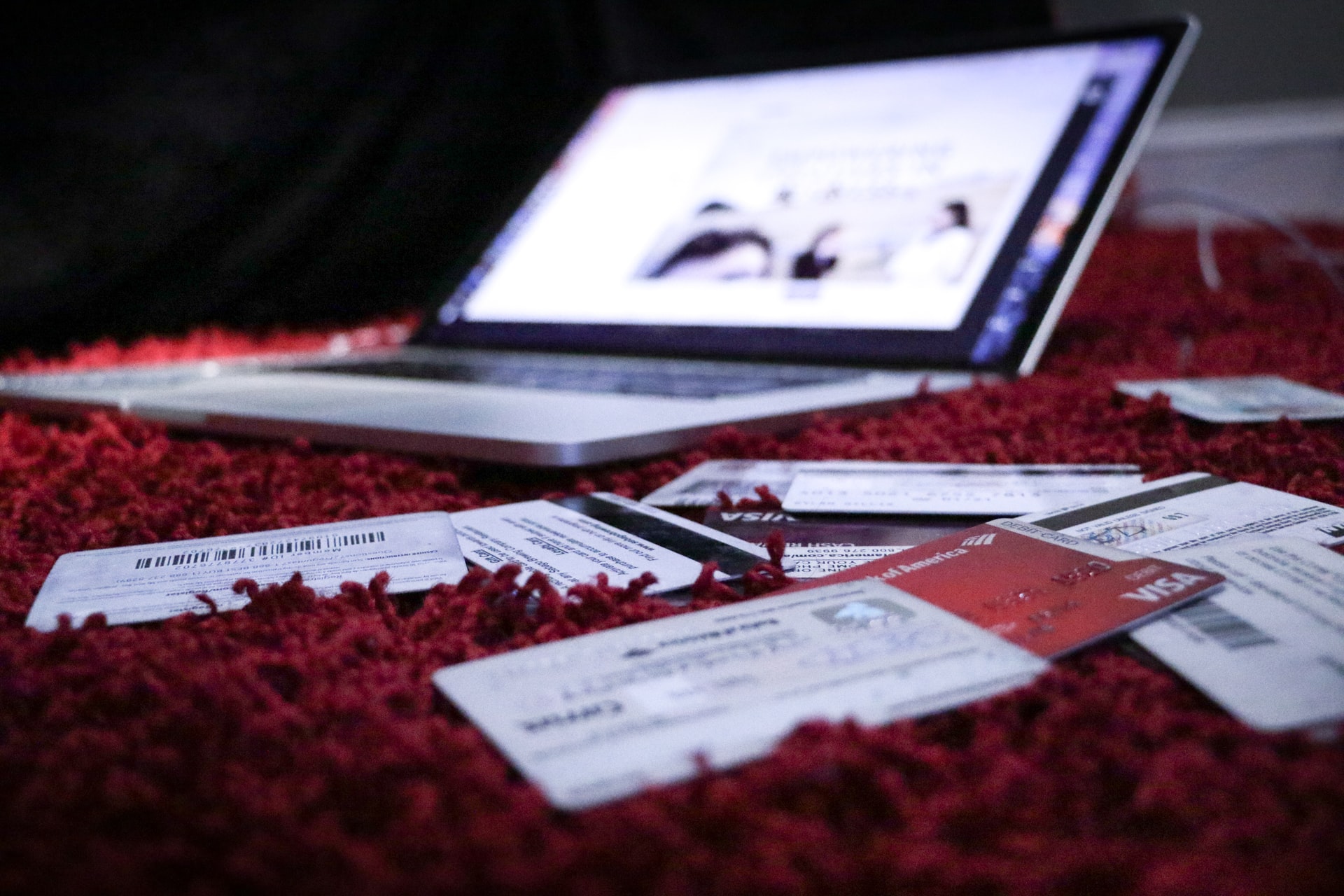Is It Possible to Have a Good Payment History and a Bad Credit?
Fact — you must pay your dues on time to have a good credit score. In other words, excellent payment history is a prerequisite for a good credit score.
Still, you need more than a solid payment history for a perfect score. Several factors other than a perfect payment history affect your credit score.
Do you know what this means?
It implies that you have to pay attention to each of these factors. Otherwise, you’ll continue to struggle with bad credit.
So yes, you can have bad credit, even when you pay your bills on time. Conversely, having a bad credit score doesn’t mean living in distress.
You can leverage credit repair software solutions to remove negative entries or incorrect info on your credit report. That way, you can increase your credit score, allowing you to qualify for loans, and mortgages and access credit at better interest rates, saving you thousands of dollars.
That said, understanding how you can have a good payment history and a bad score is crucial in credit monitoring.

Factors That Affect Your Credit Score
Table of Contents
While the exact formula used to calculate your FICO score — the most commonly used credit score — isn’t clear, five factors go into your score, according to Fair Isaac Corp., These are:
- Your payment history
- Amount owed
- The length of your credit history
- New credit
- Types of credit used
Because each of these factors affects your score differently, you’ll all want to keep an eye on them collectively instead of focusing on one or two areas.
Below is a rundown of how each factor affects your credit score and the impact.

Your Payment History: 35%
Your payment history is an essential determinant of your credit score. Irrespective of how well you perform with the four factors, it is impossible to have a good credit score with bad payment history.
The beauty of it, however, is that all you need to do is pay your bills on time. So, ensure you don’t have pending late payments or history collections in your history.
You can be 30, 60, 90, or 120+ days late. The later your payment is, the greater the damage to your credit score.
Amount Owed: 30%
Contrary to what you may think, “amount owed” doesn’t refer to the money you owe on your credit cards. Instead, it refers to how much of your available credit you’ve used, also known as the utilization percentage.
You can improve your rating in this category by reducing the amount you owe. Put differently; pay your debt and minimize your monthly expenditure. Alternatively, you can increase your credit limit.
Pro Tip: Avoid closing the credit card you don’t use/need. While this is common advice, closing some of your credit cards won’t raise your credit score — it’ll increase the risk of lowering it.
Instead, you can start an online business as a strategy to increase your disposable income to help you pay debt and, by extension, boost your utilization percentage.

The Length of Your Credit History: 15%
How long you’ve held a credit account also affects your score. And, this has nothing to do with your age. In fact, it’s against the law to use age when calculating a credit.
The length of your credit score refers to how long, on average, you’ve had your accounts open.
It is important to note that building credit takes time. It is advisable, therefore, to start operating accounts as soon as possible to build your credit history.
And, once you have built enough history, you shouldn’t close your old accounts. Why? …because old accounts actually increase the length of your credit history.
New Credit: 10%
New credit refers to how often you apply for new credit — and it is crucial because of inquiries.
An inquiry monitors who pulled your credit report every time you apply for new credit. Inquiries are further categorized into two as follows:
Hard Inquiries
This happens when a lender peruses your credit report. In most cases, hard inquiries occur when you apply for a credit card, loan, or borrow money. It remains on your credit report for two years.
Soft Inquiries
This happens when a lender peruses your report for reasons other than those you applied for credit for. For instance, when you want your credit card reissued. Soft inquiries remain on your credit report for six months.
Ideally, you’ll want to avoid hard and soft inquiries because they don’t contribute to improving your credit score. Thus, avoid applying for unnecessary credit cards or loans you don’t need.

Type of Credit Used: 10%
The last factor affecting your score is the types of accounts in your report. Credit accounts are categorized into three, and you must pay attention to each to boost your credit score. These accounts are:
Revolving Account
Your payment is charged per month depending on your balance with this type of credit account. Revolving accounts are common for credit cards.
Installment Account
An installment account has a fixed payment made for a predetermined period. Loans are a perfect example of installment accounts.
Open Account
Open accounts, like installment accounts, are due for payment at the end of the month. Still, unlike revolving accounts, open accounts don’t have a predetermined repayment amount. Utility bills are a good example of an open account.

The Bottom Line
A perfect credit score is a combination of many factors.
It is understandable, therefore, why your payment history can be flawless but still have bad credit. Sure, solid payment history can help boost your credit score.
However, it isn’t the only thing you should focus on — monitor the other four factors highlighted in this article. After all, having one terrible factor is sufficient to get you a bad credit score.
At times, though, you can have errors and mistakes in your credit report, such as wrong or inaccurate entries. In such instances, you can turn to credit repair software to help you fix the errors without blowing your budget.







